Everybody knows Vancouver, British Columbia (BC), the beautiful coastal city in western Canada. But did you know that BC’s capital isn’t Vancouver, but Victoria, on Vancouver Island? And did you know that the southern part of Vancouver Island has the mildest climate in all of Canada? Or that you can reach the island in just 95 minutes on a scenic ferry ride from mainland BC? Read on to find out more about this beautiful island and all it has to offer!
Vancouver Island will appeal to:
- Nature lovers
- Seafood lovers, and those who seek local, fresh, farm-to-table ingredients
- Wine, beer and cider aficionados
- Hikers and mountain bikers
- Kayakers
- Whale watchers
The Basics
Vancouver Island lies in southwestern Canada, northwest of Seattle, WA and west of Vancouver, BC. It’s the largest island on the west (Pacific) coast of the Americas, and outside of densely populated Victoria and a few other small cities there’s plenty of space for the island’s approximately 870,000 residents to spread out.
The mountains that run along much of the interior enable a variety of climates, from tundra and subarctic conditions (including glaciers!) high in the mountains, to wet oceanic weather on the west coast and a Mediterranean climate in the southeast. Much of the island is covered in lush forest, including temperate rainforest, a relatively rare ecosystem that only exists in a few regions of the world.
The first inhabitants of the island were of course indigenous First Nation groups, including the Coast Salish, Kwakwaka’wakw and Nuu-chat-nulth. As occurred throughout the Americas, the arrival of European explorers and settlers beginning in the late 18th century killed many thousands, and today only about 6.8% of the island’s population identifies as indigenous. England’s colonization of the island left its mark; the capital of Victoria has a decidedly English feel to it, with double-decker buses and English-style architecture in many of its historic buildings.
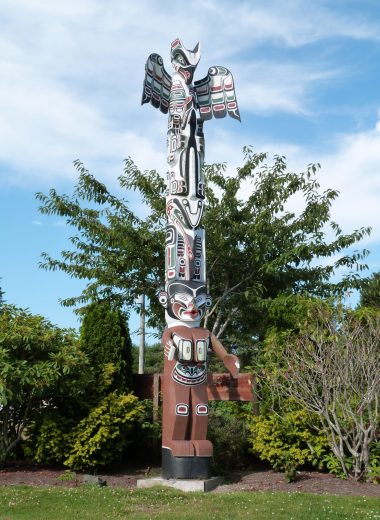
Beyond the urban environment of Victoria, the rest of the island offers a lot to visitors who enjoy nature and the outdoors. The southeast part of the island is by far the most populous, while the west is much more rugged, with fjords, inlets and few roads. There are stunning, mostly uncrowded beaches to be found all over the island. The further north you go the more isolated it gets; Port Hardy, the largest settlement on the island’s northernmost tip has just over 4000 residents.
In recognition of its beauty and variety the island was voted the 2nd best island in North America in 2020 by readers of Condé Nast, and in the same reader’s choice survey Victoria was named the 8th best small city in the world. Victoria has the nickname “Garden City”, both for the famous Butchart (botanical) Gardens and for its agreeable climate.
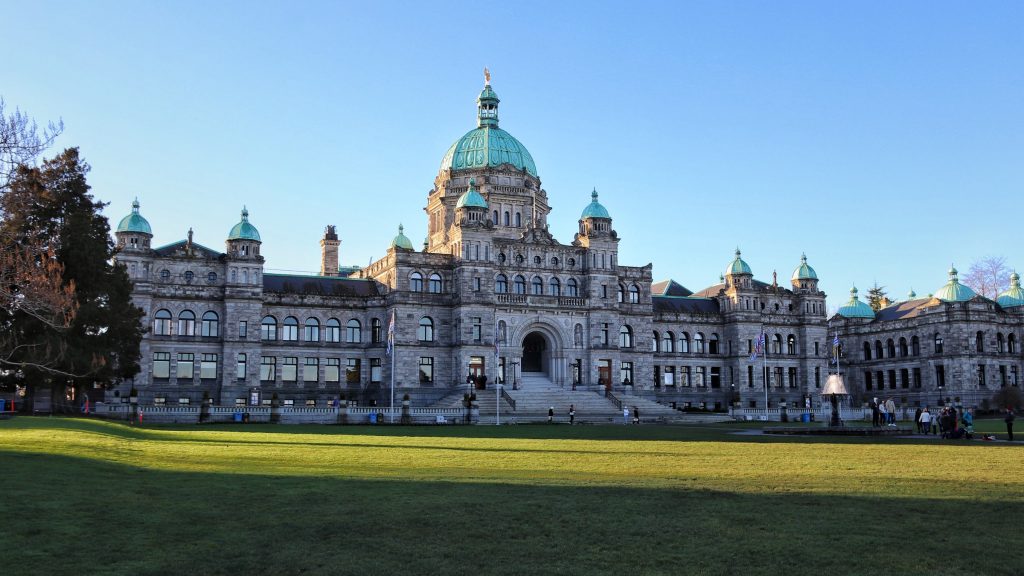
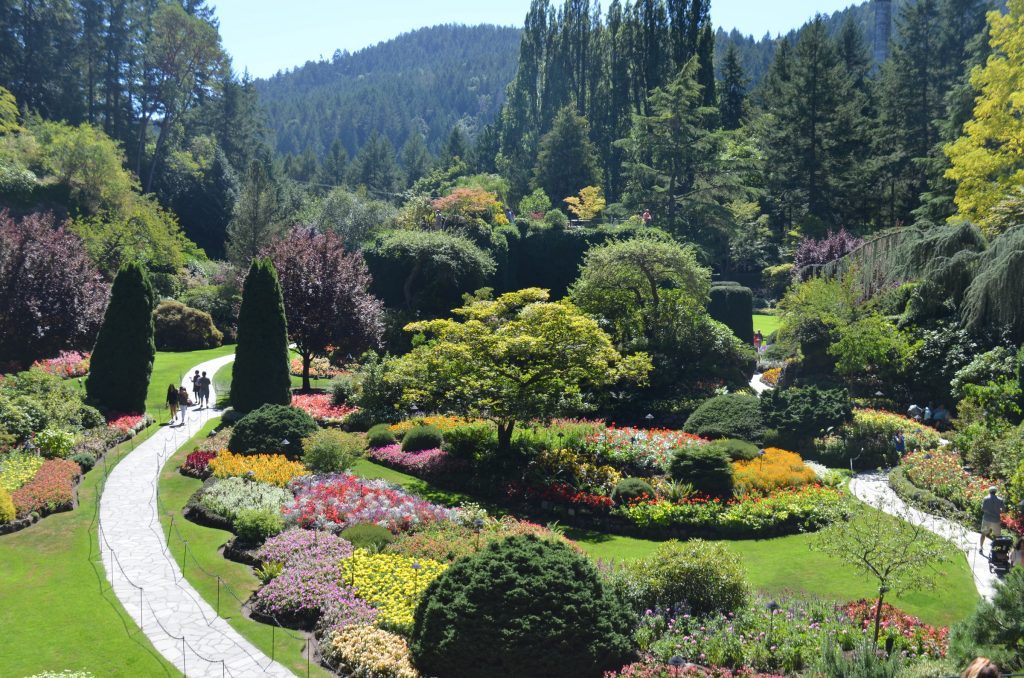
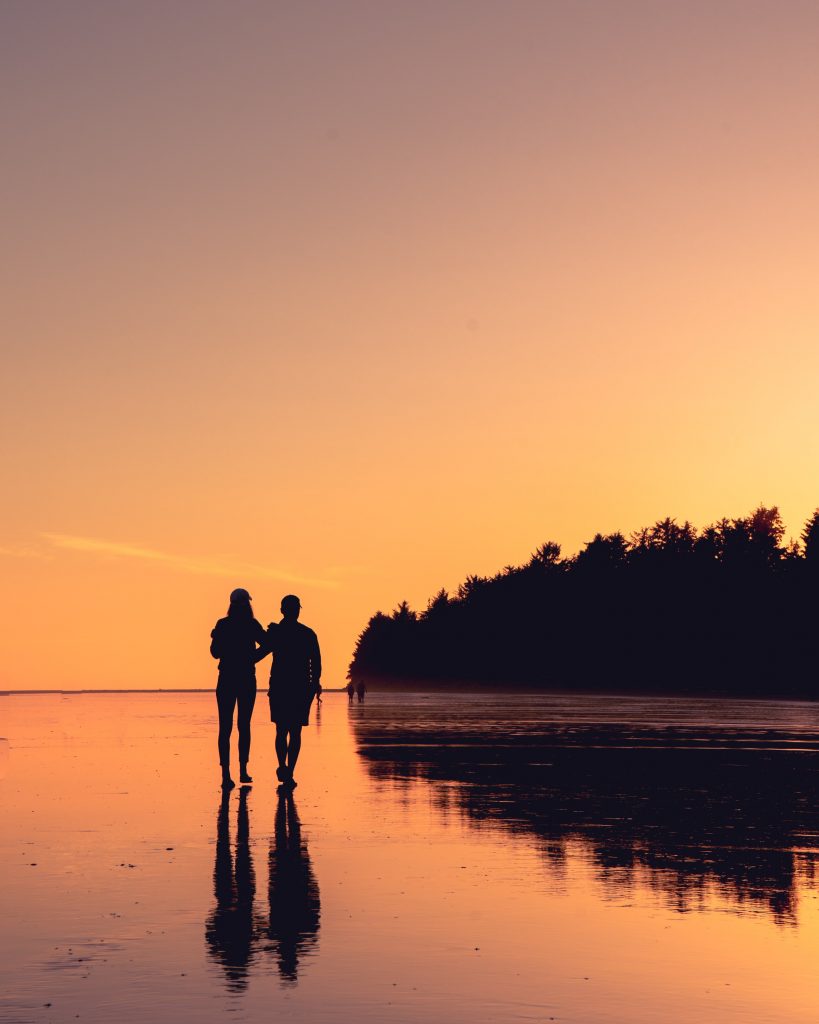
Sustainability
Given its exceptional natural beauty, it’s no surprise that the island’s tourism sector takes sustainability very seriously. Dozens of lodgings have achieved Green Key certification (which is approved by the Global Sustainable Tourism Council), and numerous tour operators also offer carbon neutral tours and have achieved ecotourism credentials.
Even getting to the island can be done in a carbon neutral manner! Harbour Air, which offers seaplane flights from Vancouver’s Harbour direct to both Victoria and Nanaimo Harbours, is the world’s first, and as of 2020 still the only carbon neutral airline. In 2019 they even operated the world’s first flight using a fully electric aircraft built for commercial use. They’re still awaiting approval to offer electric flights, but hopefully that will come soon!
Of course, if you don’t wish to fly there are also numerous ferries from both the Vancouver area and Washington state that will take you to the island ports of Victoria, Sidney, and Nanaimo, among others.
Unfortunately, the sustainability picture isn’t all rosy. Decades of logging have decimated much of the old growth forest that once covered large parts of the island, and the clear cutting of Red Cedar and Douglas Fir trees, some over a thousand years old, continues to this day. It’s a clear case of competing interests, indigenous and environmental groups seeking to protect the forests vs. the economic interests of the logging sector, which accounts for over 25% of the total exports of British Columbia. So far, the economic interests have won most of time, but there are signs of a shift in thinking more towards protecting the old growth trees and the massive carbon sink they provide.
Finally, any discussion of sustainable tourism on Vancouver Island must address the need to protect the cultures and promote the economic development of the island’s First Nation communities. To this end, Tourism Vancouver Island offers a reference of First Nations’ owned and operated businesses in the tourism sector. It’s a great resource for visitors to gain greater insight into the indigenous cultures of the island and support their economic development.
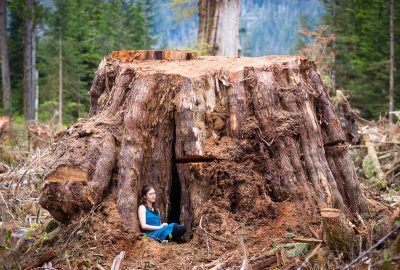
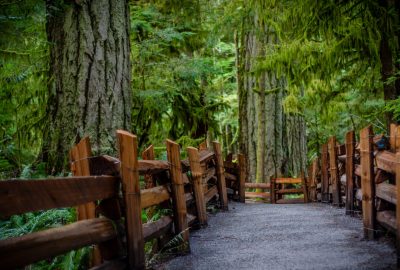
Active Travel
I’ll just go ahead and state the obvious: Vancouver Island is an outdoor enthusiast’s dream. Whether your idea of enjoying the outdoors involves a peaceful woodland walk or getting your heart racing, you’re likely to find what you’re seeking here!
On land, hikers will be spoiled for choice as there are hiking trails everywhere, including the 58-kilometer North Coast Trail. Mountain bikers and cyclists will also find many options suitable for all ability levels. Caving, ziplining, glacier scaling and even skiing are also possible.
On the water, the possibilities for sea kayaking along the island’s 3,340 km of coastline can’t be beat. Boating is very popular, including cruises and whale watching excursions lasting anywhere from a few hours to a few weeks in length. Sections of the island’s west coast are also prime locations for surfing, with possibilities for all skill levels. Diving is popular in the island’s north and at Nanaimo on the east coast, which is home to the world’s largest artificial reef. Various forms of fishing are also available – just be sure to secure the necessary fishing license first!
Finally, many outdoor activities focus on viewing wildlife in their natural environment, not only whales but also black and grizzly bears, seals, marmots, elk, eagles and numerous other species.
Numerous companies offer guided active and outdoor excursions. Island Joy Rides (bike and kayak tours), Maple Leaf Adventures (boat cruises), and Coastal Bliss Adventures (hiking and kayak tours) are just a few examples.
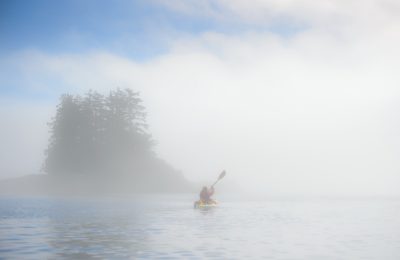
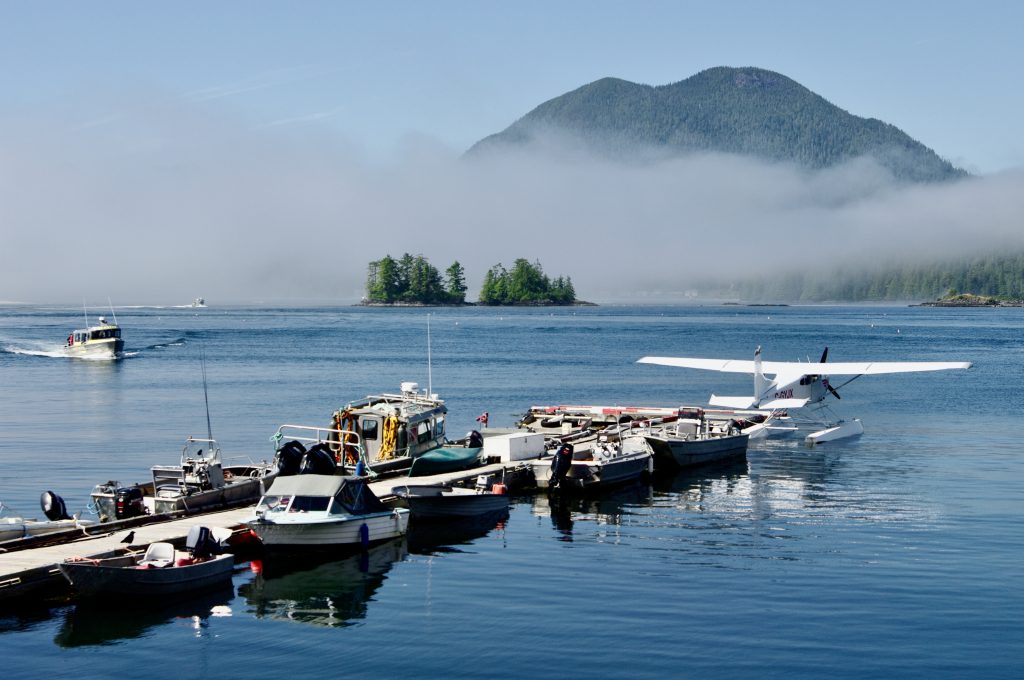
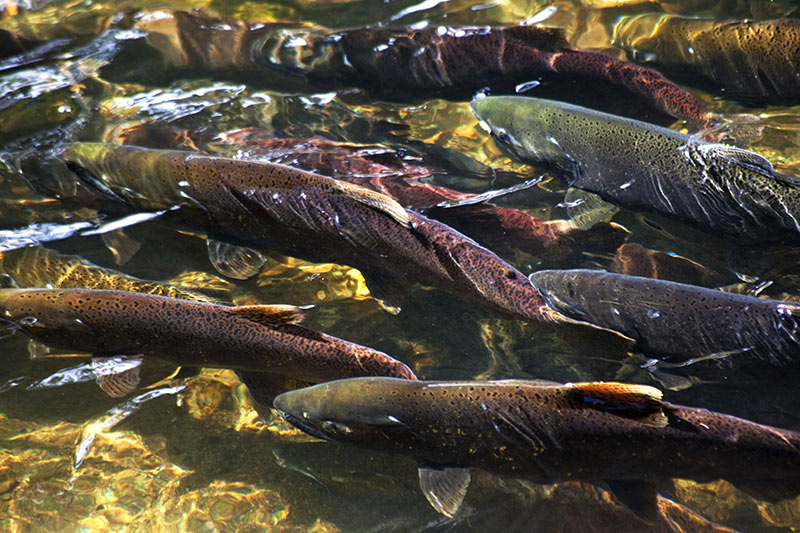
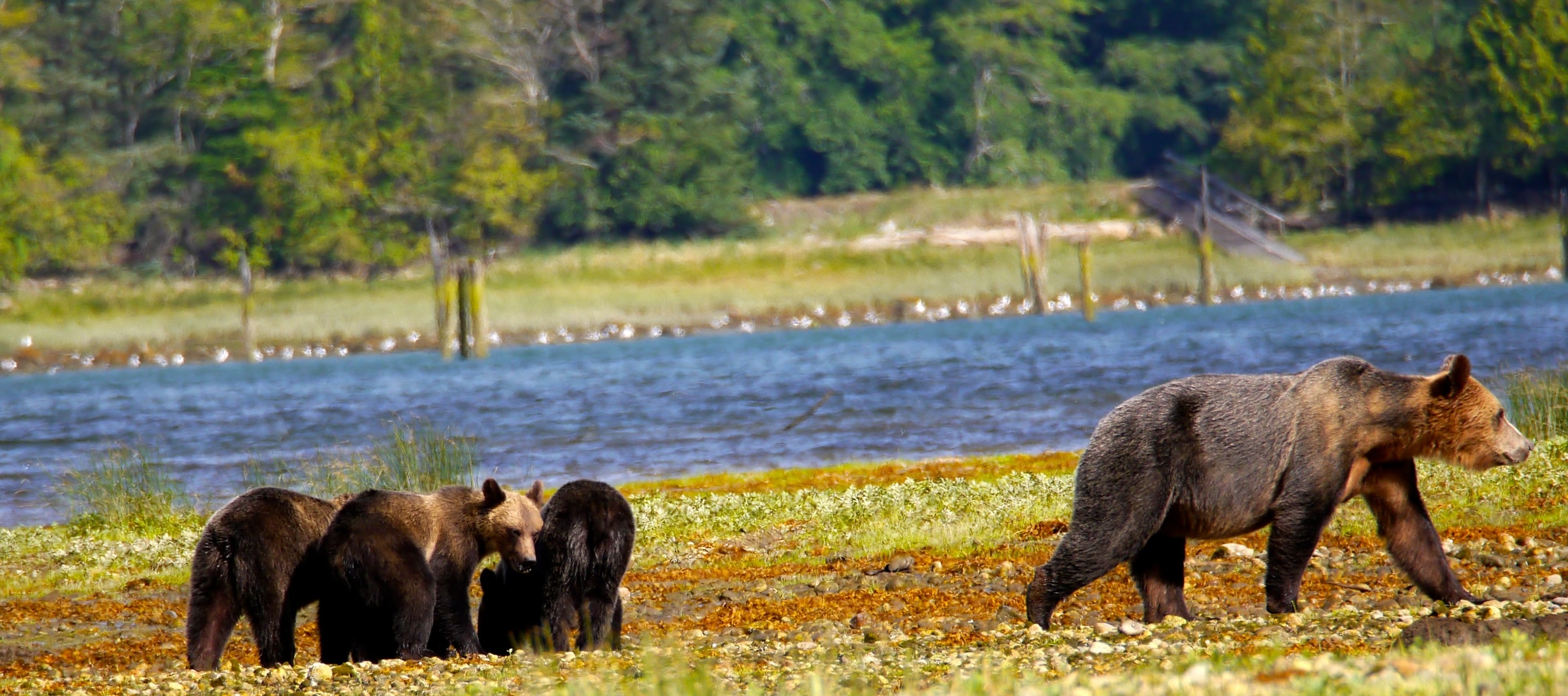
Culinary Travel
Okay, so let’s talk about food! It should come as no surprise that Vancouver Island offers a variety of fresh, high-quality fish and seafood. It most definitely does, but that’s not all you’ll find!
Thousands of farms and hundreds of farmer’s markets (some open year-round) ensure that fresh ingredients are always close at hand, and high quality, farm-to-table themed restaurants are easy to find. And should you get thirsty, dozens of wineries, breweries, cideries and distilleries are on hand to serve your favorite adult beverage.
Off the Eaten Track, A Taste of Victoria and Tofino Food Tours are three well-known culinary tour providers.
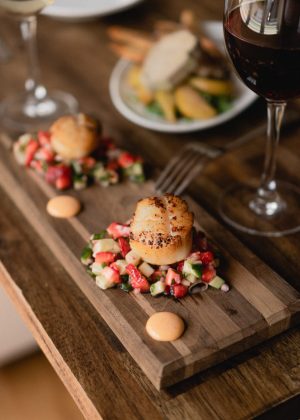
My Tips & Picks
Mid-range Hotel Tip: Huntingdon Manor, located just a few blocks from Victoria’s harbour, is an ideal choice for those who want to be centrally located for their stay in the capital. Many attractions such as the Royal BC Museum are just a short walk away, and the area offers numerous restaurants and plenty of green spaces. And of course, they’ve also got 4 keys from the Green Key Eco-Rating program!
Luxury Hotel Tip: The Wickaninnish Inn, affectionately known as ‘the Wick’, is located on the island’s west coast just outside Tofino. Super luxurious and designed to be in harmony with its surroundings, it’s an obvious choice for travelers seeking a combination of indulgence and eco-friendliness – it has earned the highest rating of 5 keys from the Green Key Eco-Rating program.
Indigenous-friendly Lodging Tip: The First Nations owned, operated and themed Kwa’lilas Hotel in Port Hardy is a lovely 4-star property where visitors can not only have a comfortable stay, but also connect with the island’s natural environment and indigenous cultures while supporting the very same. A total win-win however you look at it!
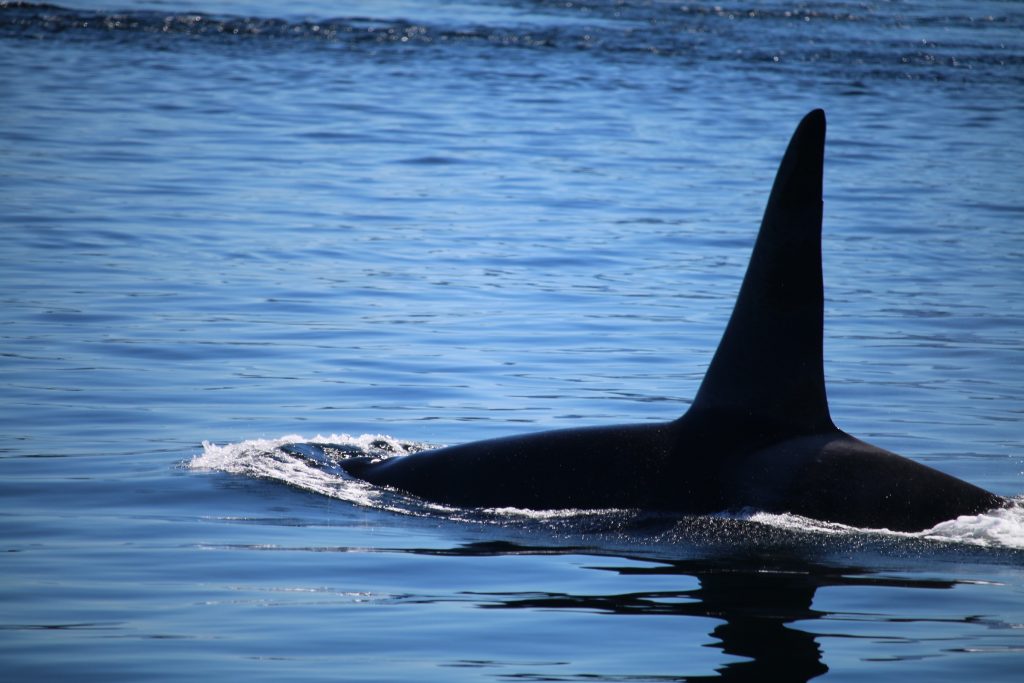
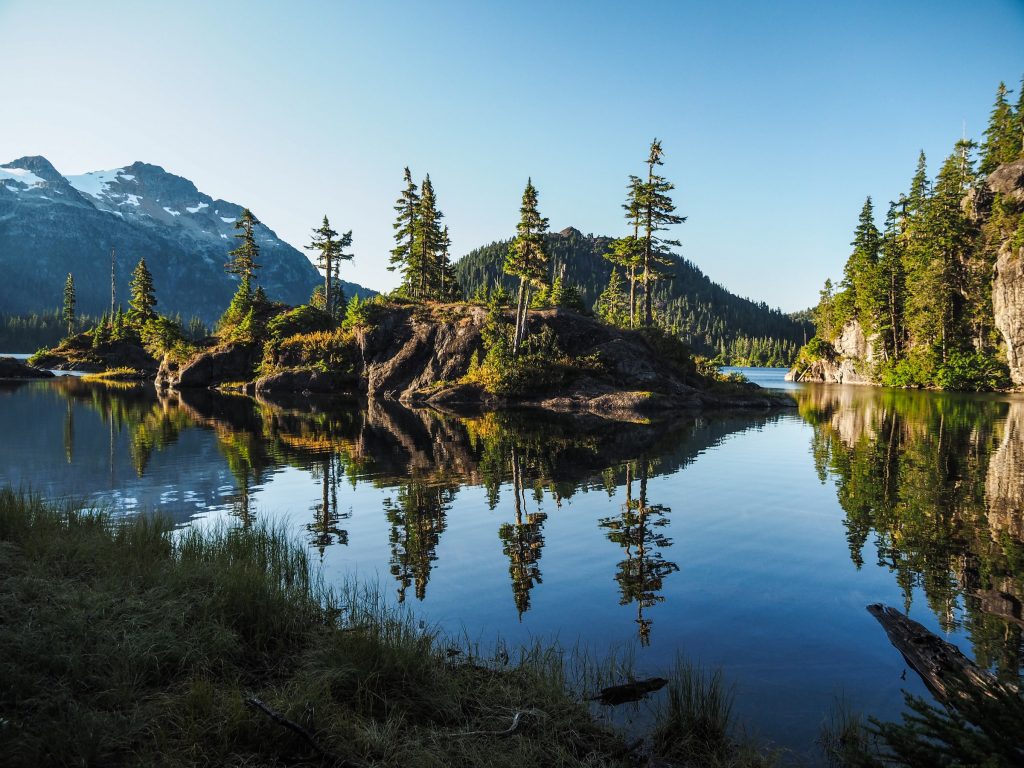
Restaurant Pick: Wild Mountain in Sooke (west of Victoria) is located right on the waterfront and serves up coastal-inspired meals in a casual atmosphere with both indoor and outdoor seating. The focus is on seasonal, organic and locally-sourced ingredients prepared in accordance with the values of the Slow Food movement. Open Thursday through Sunday, reservations advised.
Tour company: Several tour companies have already been mentioned, but Campbell River Whale Watching in Campbell River really stands out for the variety of tours they offer as well as their carbon neutral and sustainability credentials. All of their nature tour guides are certified naturalists, and they can take you on whale watching, grizzly bear sighting, hiking, fishing, kayaking, and winery/brewery/distillery tasting tours.
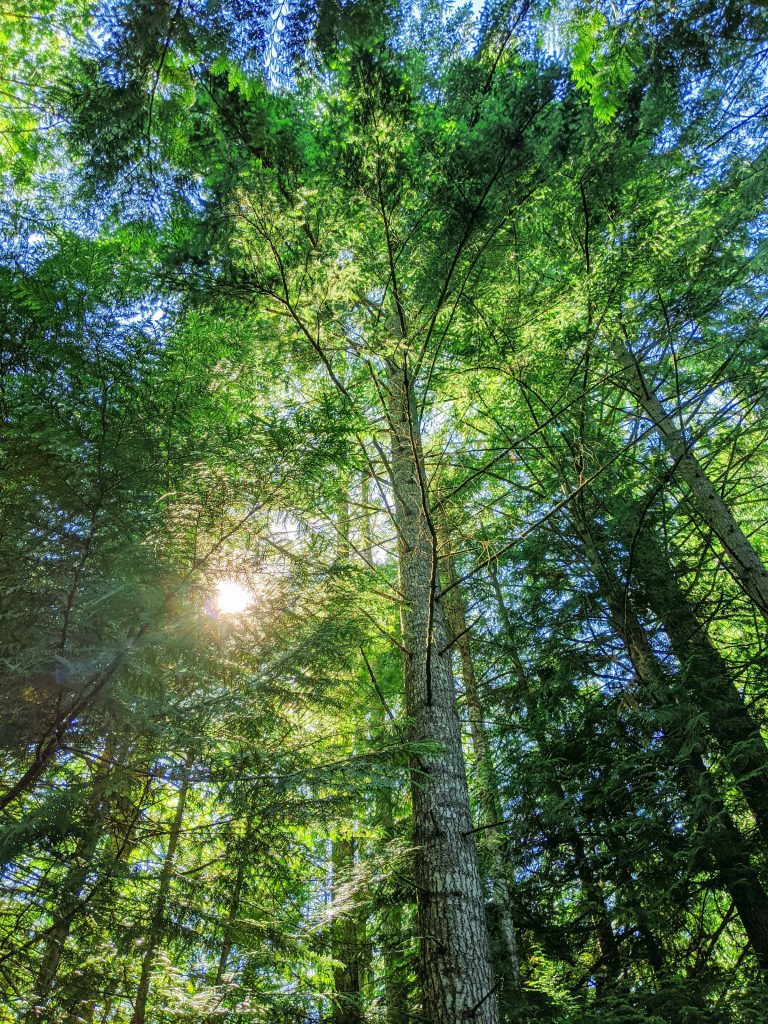
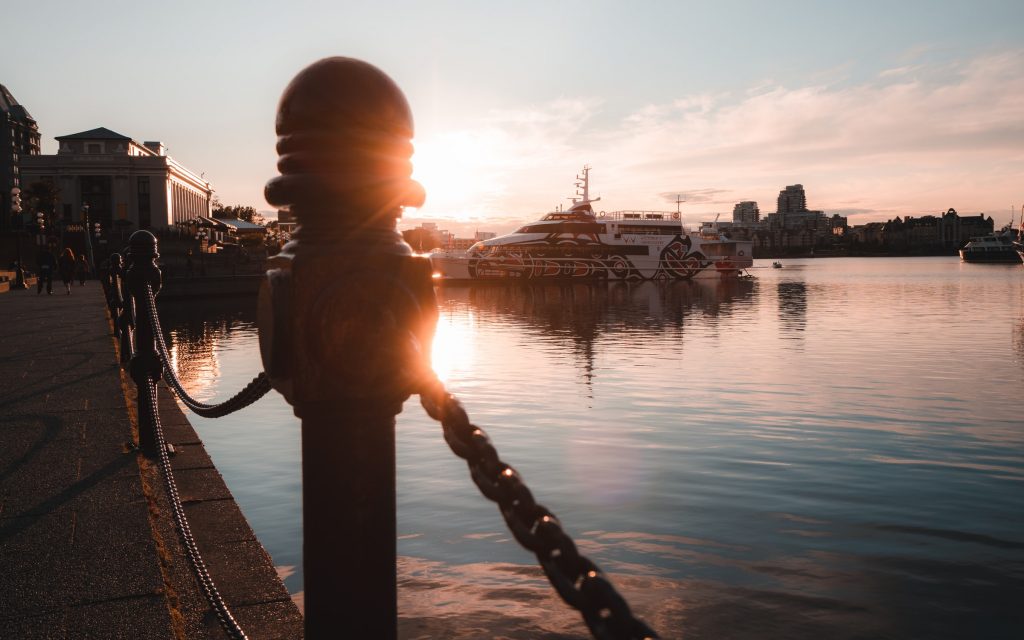
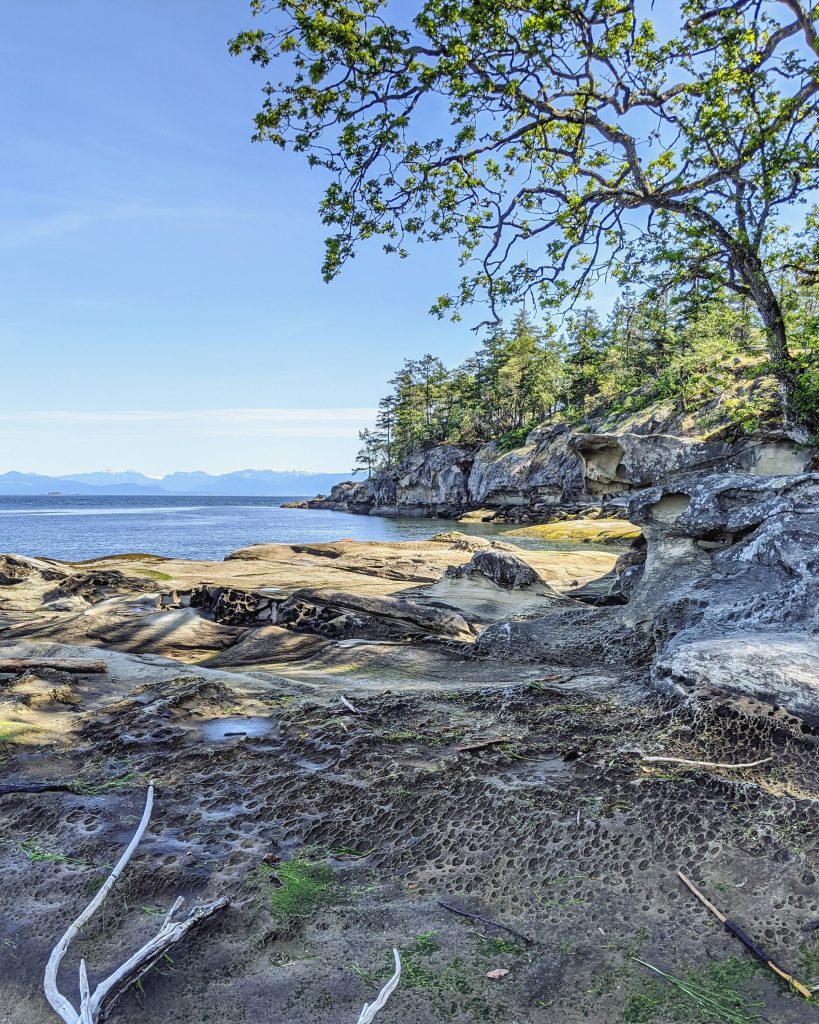
Planning Your Visit
If you’re in Europe, the easiest way to reach the island is by flying to Vancouver, then taking either a ferry or flight to the island. Ferries also operate from Port Angeles, Washington and several other locations on the BC mainland. Alternatively, flights to the island are possible from Calgary, Edmonton, Seattle, Toronto and a few other cities.
It is possible to see some of the highlights of the island in under a week, but if you want to relax and take your time, or if you’re particularly into outdoor activities or wildlife watching, a 2-week stay is a better bet. If you have 3-4 weeks available, a visit to the island can be combined with Vancouver and some of the inland BC mountain/lake regions to take in the highlights of the whole province.
The island can be a year-round destination, but most tourists visit between May and September. If you’re seeking the best opportunity for wildlife spotting, overall your best bet is September as you’ll have a good chance of seeing orcas and humpback whales as well as bears. Otherwise, late Spring to early Autumn tend to offer the best weather conditions and the most daylight, while Winter brings possibilities for storm watching, winter sports and few visitors.
You can join a guided tour if you prefer to sit back, relax and let someone else show you around. But Vancouver Island is also a great place to do a self-drive vacation and tailor your lodging and activities to suit your taste and budget. This can be done fully independently or as part of a customizable self-drive package.
So far I’ve only had the pleasure of visiting Victoria on a daytrip from Port Angeles, but spending more time on this beautiful island is definitely on my future travel list!
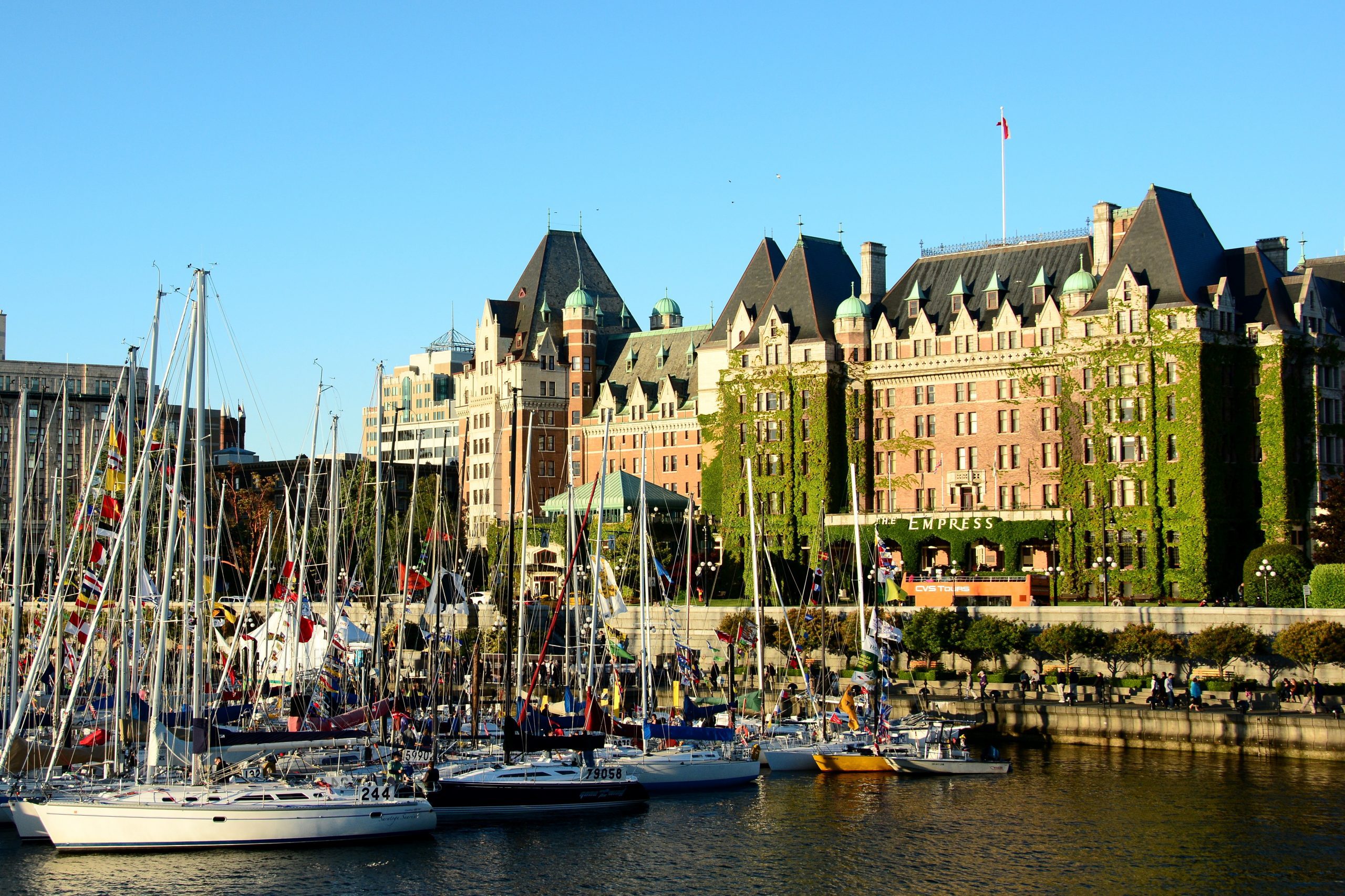

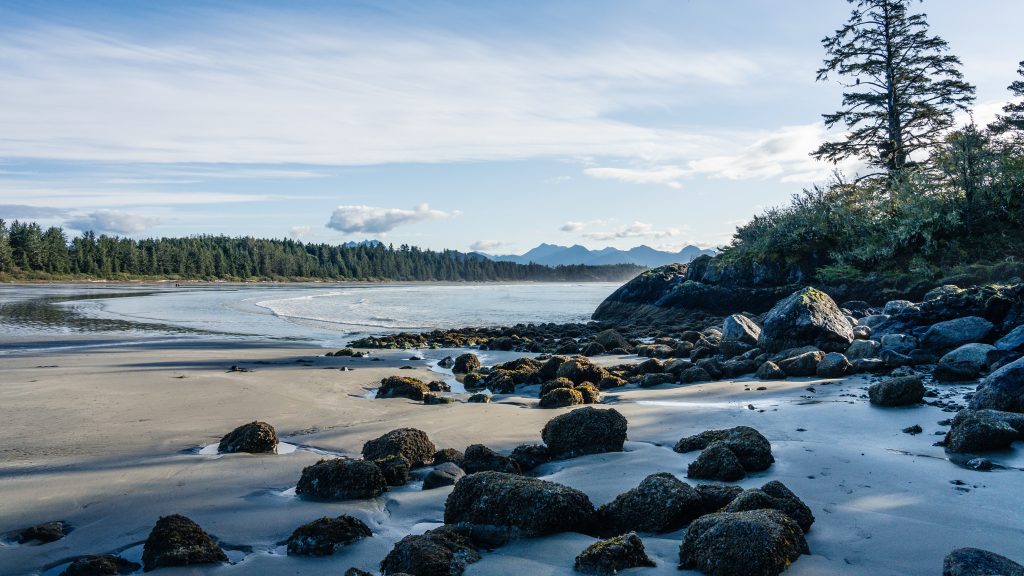

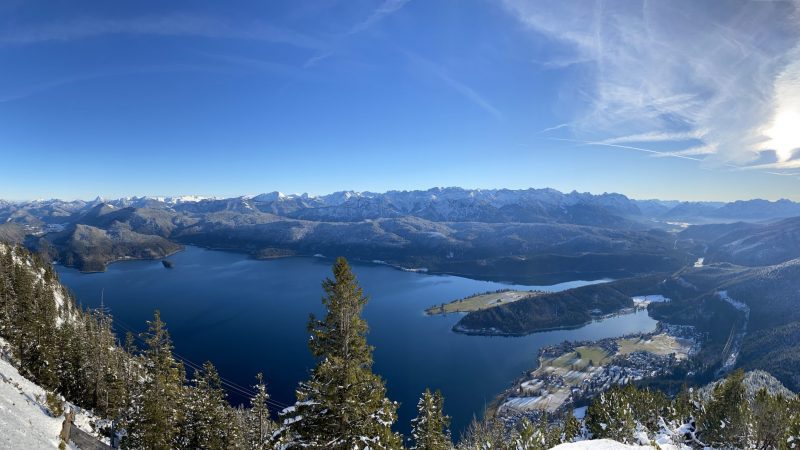
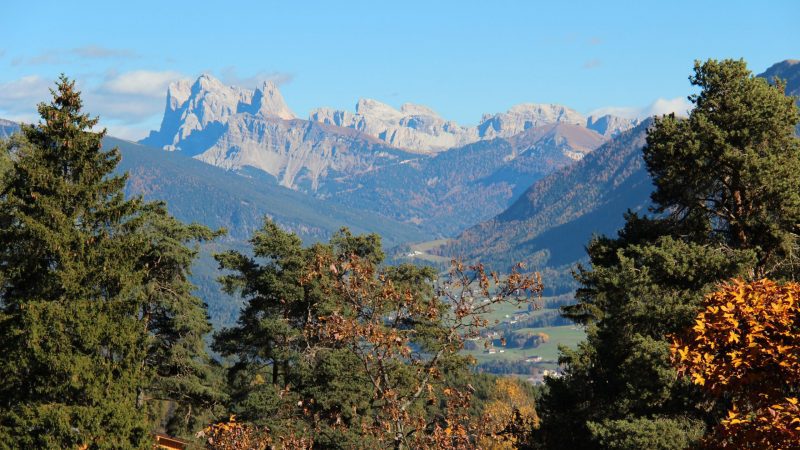
This Post Has One Comment
Pingback: Indigenous tourism: how to participate responsibly - Wanderlust for Life